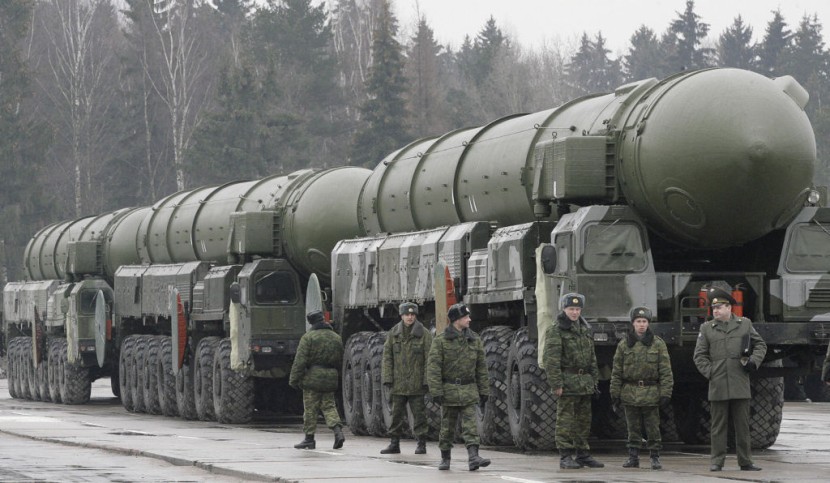
A new report claims that the U.S. will not be able to handle China and Russia in the intensifying nuclear arms race.
The 145-page assessment was released by the Congressional Commission on the Strategic Posture of the United States on Thursday, Oct. 12.
Nuclear Arms Race: Why US Will Lose to Russia, China
According to Time Magazine, China and Russia are still expanding their nuclear arsenals. Warfare researchers claim that these two super nations are becoming more active than the U.S. when it comes to nuclear arms enhancements.
Because of this, a new bipartisan Congressional report concluded that, for the first time, the U.S. is unprepared for the possibility of facing two countries that have nuclear arms equal to its own.
The 145-page report was led by a group of leading bipartisan nuclear experts; it is the result of their year-long effort to study and analyze the nuclear prowess of the U.S., China, and Russia.
Based on their report, the Chinese government will be able to be as powerful as the United States when it comes to deploying nuclear warheads. Involved experts claim that this could happen as early as 2030.
Meanwhile, Russia is expected to retain its position as the largest nuclear force across the globe. As of writing, the U.S. government is estimated to have over 3,700 nuclear warheads in its arsenal.
This is fewer compared to Russia, which has more than 4,000 stockpiles of nuclear warheads. Against Russia and the U.S., China is still far from their nuclear warhead supplies since Beijing only has around 410 of these deadly warfare weapons.
However, it's only a matter of time until China can keep up with the U.S. and Russia; possibly overtaking the United States in the ongoing nuclear arms race.
Read Also : Belarus President Claims US Triggers Russia To Use Nuclear Weapons-Should Biden Admin Still Aid Ukraine?
What US Can Do to Enhance Nuclear Arsenals

After the Congressional Commission on the Strategic Posture report was released, Roger Wicker, a top Republican official on the U.S. Senate Committee on Armed Services, said that the U.S. has lots of things to do.
"It is apparent from the report that there is much more that we should be doing to ensure our military and particularly our nuclear forces," said Wicker.
He added that these are needed to ensure that America is capable of deterring two near-peer nuclear opponents simultaneously.
Aside from highlighting the nuclear prowess of China and Russia, the new report also provided suggestions on what the U.S. government should do. These include the following:
- Completely execute the U.S. Nuclear Modernization Program of Record (POR), which includes:
- Comprehensive modernization of U.S. nuclear command, control, and communications (NC3)
- Recapitalizing the nuclear enterprise infrastructure at the DOD and DOE/NNSA
- Replacement of all U.S. nuclear delivery systems
- Modernization of their warheads
- Supplement the current U.S. modernization program for nuclear strategy.
- Modify the U.S. strategic nuclear force posture.
- Conduct comprehensive risk-mitigating actions across U.S. nuclear forces.
© 2025 HNGN, All rights reserved. Do not reproduce without permission.








